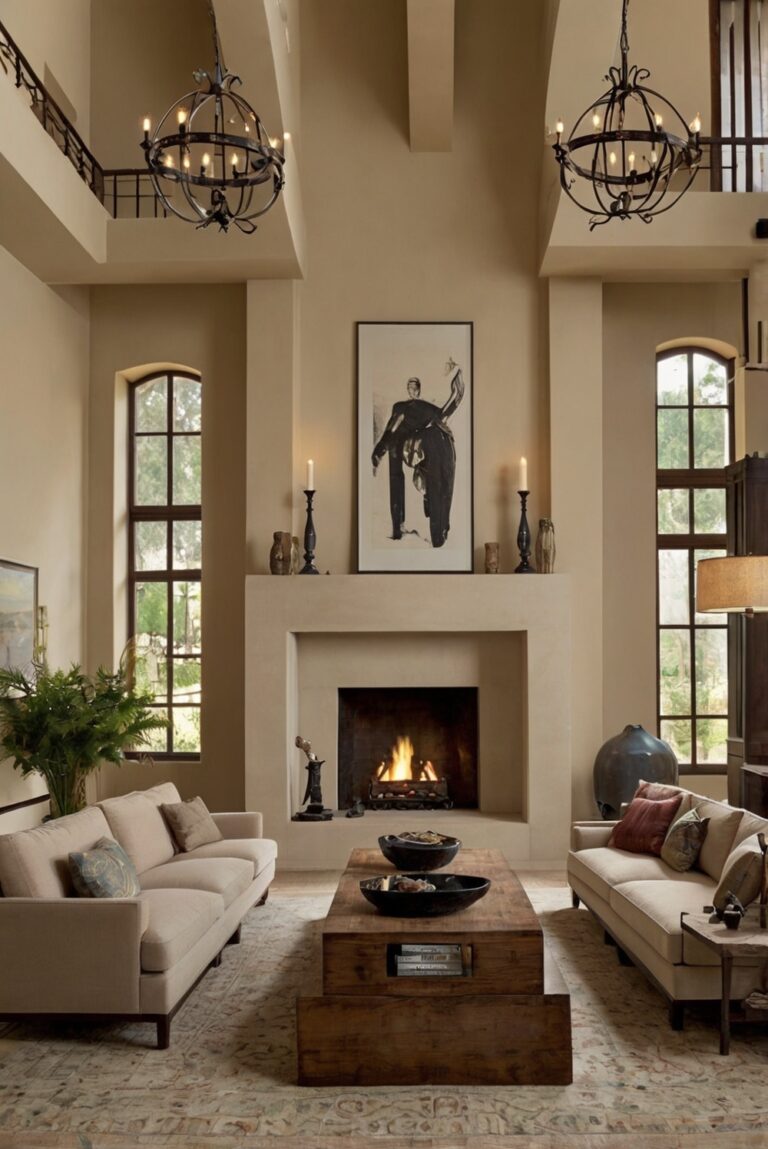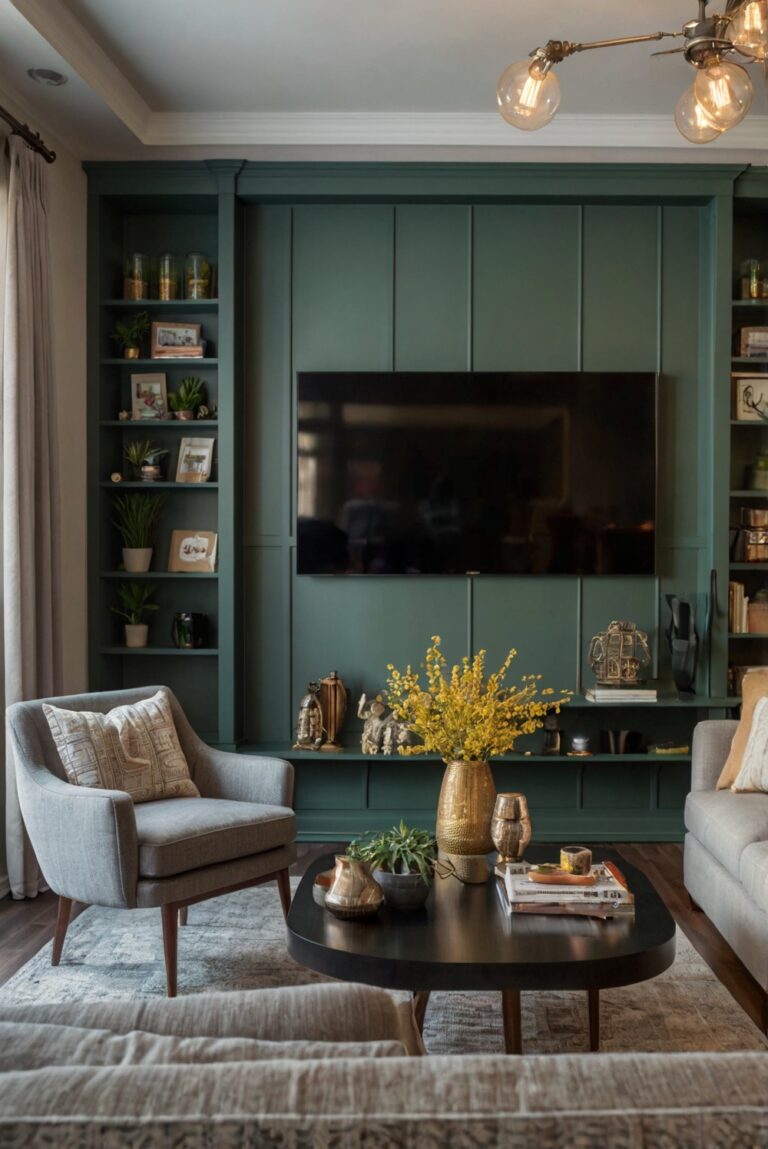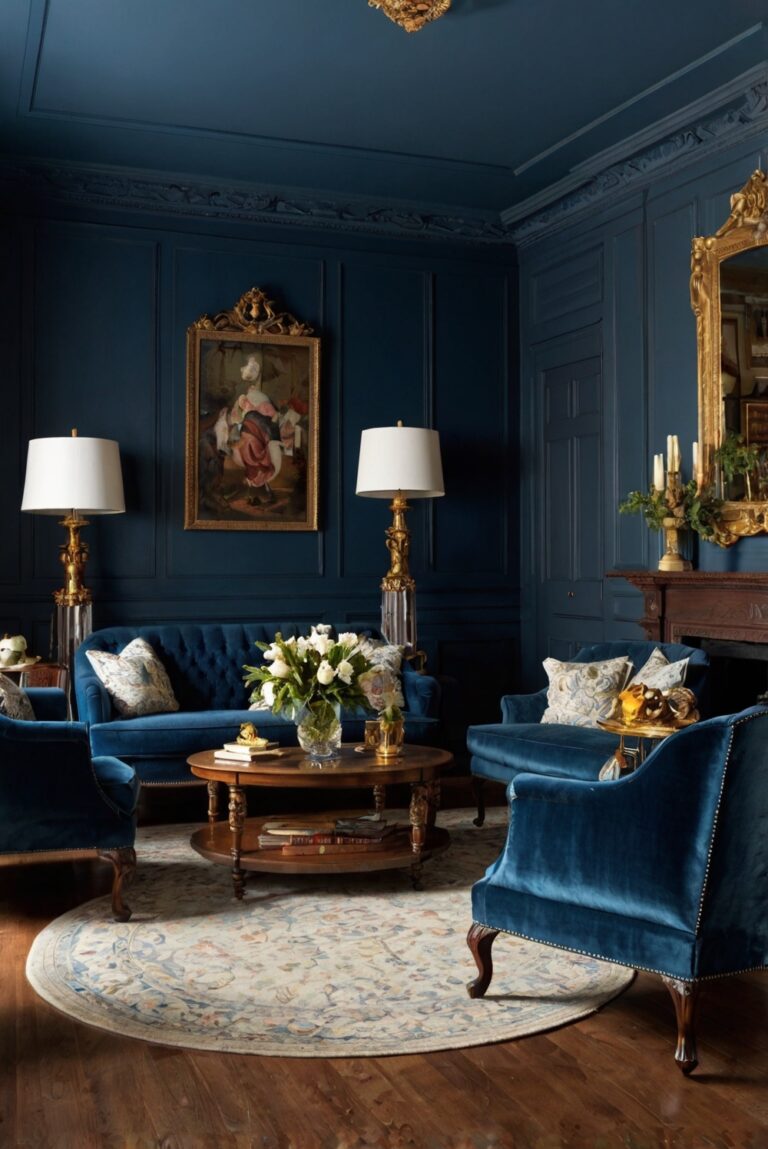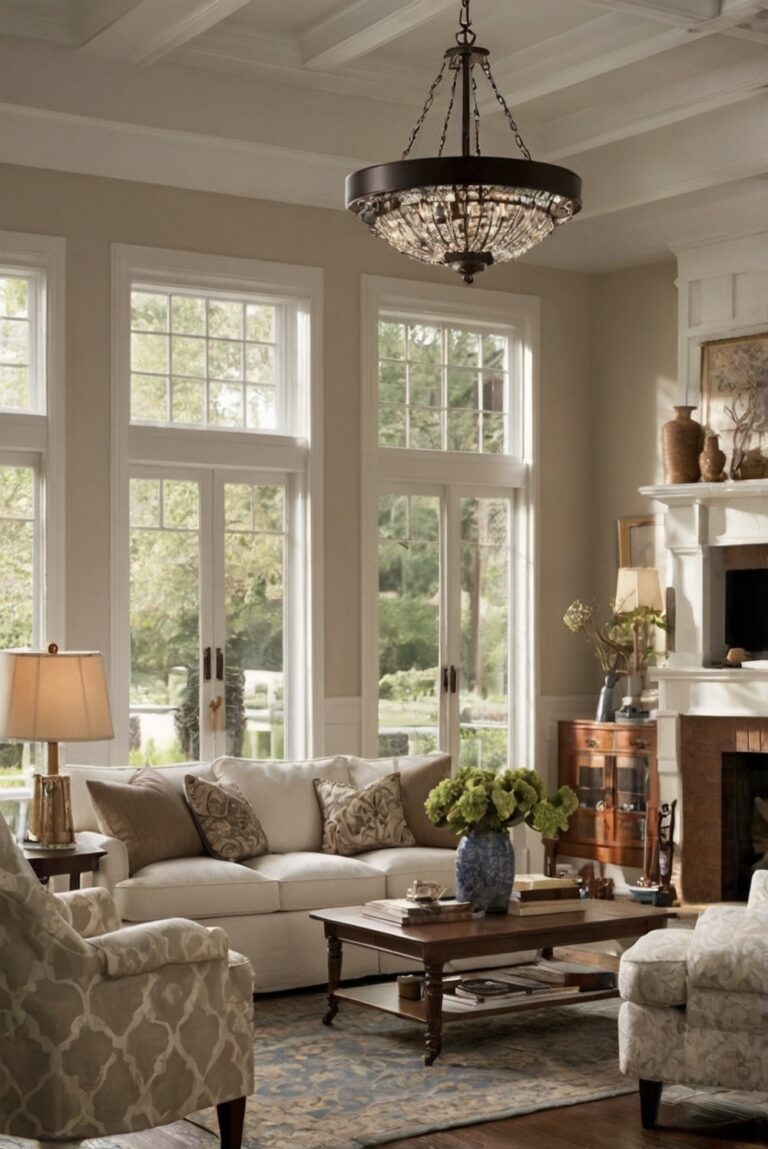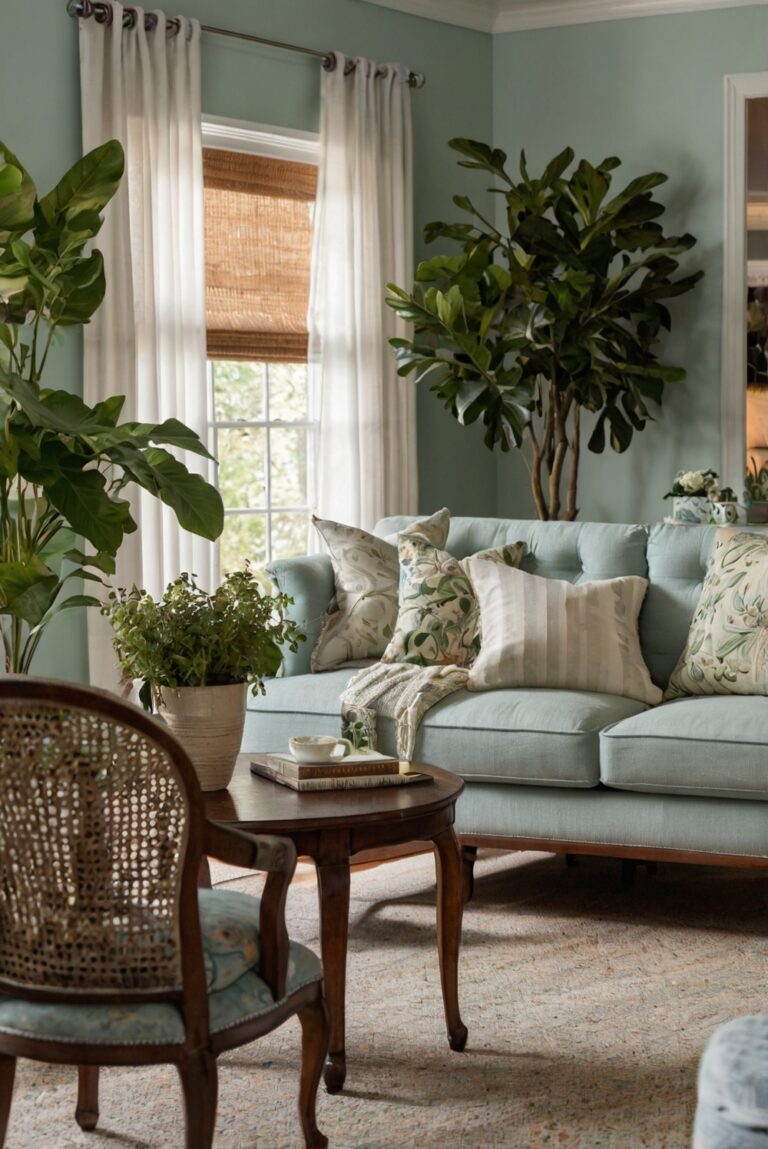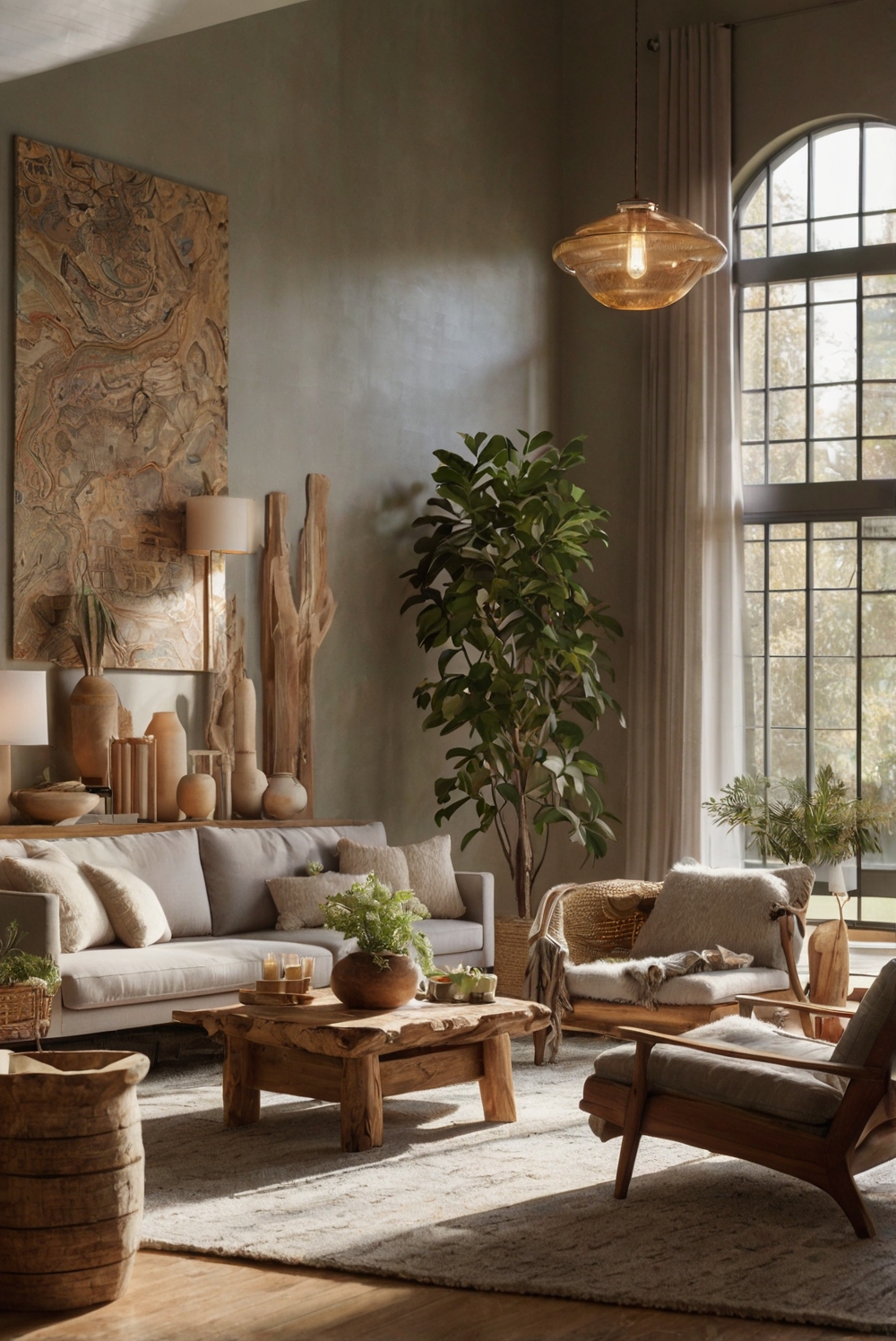
Enhance your living room with a biophilic design by effortlessly incorporating natural elements into your furniture. Find out the daily routines for interior designers to achieve this!
Incorporating natural elements into your living room furniture for a biophilic design can enhance the overall aesthetic and create a calming, organic feel. One way to do this is by choosing furniture made from sustainable materials such as bamboo, rattan, or reclaimed wood. You can also incorporate indoor plants to bring a touch of nature indoors. Utilizing earthy color schemes like greens, blues, and browns can further enhance the biophilic design. Consider adding elements like stone or ceramic accents to complement the natural theme. By incorporating these elements, you can create a harmonious and inviting space that promotes well-being and connectivity with nature.
Why is incorporating natural elements into your living room furniture important for a biophilic design?
Creating a biophilic design in your living room by incorporating natural elements is crucial for several reasons. Biophilic design aims to connect people with nature, promoting health, well-being, and productivity. By bringing natural elements indoors, such as wood, plants, and natural fabrics, you can create a calming and rejuvenating environment that mimics the outdoors. This connection to nature has been proven to reduce stress, anxiety, and improve overall mental health.
How can you incorporate natural elements into your living room furniture?
There are several ways to incorporate natural elements into your living room furniture to achieve a biophilic design. Start by choosing furniture made from natural materials such as wood, rattan, bamboo, or stone. Opt for pieces with a natural finish that showcases the beauty of the material.
Another way to add natural elements is by incorporating plants into your living room decor. Choose a variety of indoor plants that thrive in the natural light of your living room and complement your furniture. You can also add natural textures through cushions, rugs, and throws made from natural fibers like cotton, wool, or jute.
What are some examples of natural elements you can incorporate into your living room furniture?
There are numerous natural elements you can incorporate into your living room furniture to enhance the biophilic design. Wood is a versatile material that can be used for tables, chairs, shelves, and even accent pieces. Choose furniture with natural wood grains and textures to bring warmth and character to your living room.
Plants are another essential natural element that can breathe life into your living room. Consider placing potted plants on shelves, tables, or hanging planters to add a touch of greenery and freshness to your space. Additionally, stone accents such as marble or granite can add a sense of luxury and earthiness to your living room furniture.
How to maintain natural elements in your living room furniture for a biophilic design?
Maintaining natural elements in your living room furniture is essential to preserve their beauty and longevity. To care for wooden furniture, use a gentle wood cleaner and polish regularly to prevent drying and cracking. Avoid placing wooden furniture in direct sunlight or near heating vents to prevent fading and warping.
For plants, water them regularly, prune dead leaves, and provide adequate sunlight to keep them healthy and thriving. Dust and clean stone accents with a soft cloth and mild cleaner to maintain their natural luster.
What are the benefits of incorporating natural elements into your living room furniture for a biophilic design?
There are numerous benefits to incorporating natural elements into your living room furniture for a biophilic design. Natural elements can improve indoor air quality by absorbing toxins and releasing oxygen, creating a healthier living environment. They can also enhance mood and productivity, reduce stress and anxiety, and increase overall well-being. Additionally, natural elements add a sense of warmth, texture, and visual interest to your living room, making it a more inviting and comfortable space.
1. How can I incorporate natural elements into my living room furniture for a biophilic design?
To incorporate natural elements into your living room furniture for a biophilic design, consider using materials like wood, stone, and bamboo. Opt for furniture pieces with organic shapes and textures that mimic those found in nature. Integrate plants and greenery into the space to bring a sense of the outdoors inside. Choose earthy color palettes inspired by the natural world to create a soothing and harmonious environment. Additionally, you can add elements like water features, natural light, and natural fibers like jute or sisal to enhance the biophilic design.
2. What are some examples of natural elements I can incorporate into my living room furniture?
Examples of natural elements you can incorporate into your living room furniture for a biophilic design include wooden tables, chairs made from rattan or bamboo, stone accent pieces, and plant stands. You can also add cushions and throws made from natural fibers like cotton or linen to enhance the organic feel of the space. Consider using leather upholstery for a touch of luxury that still aligns with the biophilic design principles. Lighting fixtures made from natural materials like wood or wicker can also contribute to the overall natural aesthetic.
3. Are there specific furniture pieces that work well for incorporating natural elements into a biophilic design?
Certain furniture pieces work particularly well for incorporating natural elements into a biophilic design. Look for pieces with clean lines and simple designs that allow the natural materials to shine. Items like live-edge coffee tables, wicker armchairs, and wooden bookshelves can all add a touch of nature to your living room. Consider mixing and matching different materials to create a cohesive yet eclectic look that reflects the diversity of the natural world.
4. How can I create a cohesive look when incorporating natural elements into my living room furniture?
To create a cohesive look when incorporating natural elements into your living room furniture, start by choosing a unifying color palette inspired by nature. Earth tones like greens, browns, and blues can help tie the space together and create a sense of harmony. Mix and match different textures and materials to add depth and visual interest to the room. Consider layering rugs, throws, and cushions in natural fibers to create a cozy and inviting atmosphere. Finally, use plants and greenery strategically to bring a sense of life and vitality to the space.
5. What are the benefits of incorporating natural elements into living room furniture for a biophilic design?
Incorporating natural elements into your living room furniture for a biophilic design can have numerous benefits. Studies have shown that exposure to nature can reduce stress, improve mood, and increase productivity. By bringing natural materials and elements into your living space, you can create a calming and rejuvenating environment that promotes well-being. Biophilic design principles emphasize the connection between humans and nature, so incorporating natural elements into your living room furniture can help foster a sense of connection to the natural world. Additionally, natural materials like wood and stone are durable and sustainable, making them a eco-friendly choice for your home.

